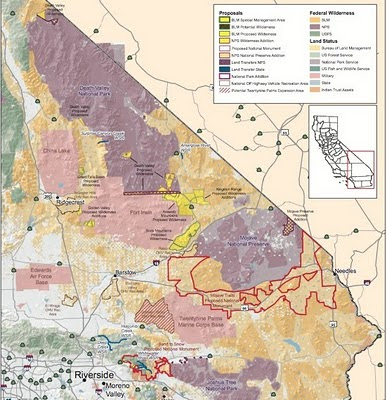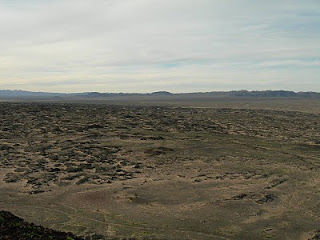Senator Feinstein Reintroduces and Expands Desert Bill
Senator Feinstein this week introduced a revised version of her desert bill that would protect beautiful and remote stretches of the California desert while also setting the stage for significant land exchanges intended to allow for industrial development elsewhere in the state. The bill would create two new national monuments, designate six new wilderness areas, and add acreage to existing national parks. The new conservation areas would provide welcomed protection for over a million acres of desert wildlands that industry is eyeing for development. However, the bill will also leave open the potential that new transmission lines will bisect the new monuments, and requires the Department of Interior to transfer nearly 370,000 acres of public lands elsewhere in California in exchange for parcels of land owned by the State of California that currently fall within the boundaries of desert wilderness, monuments and parks. The bill is a reincarnation of the California D...






